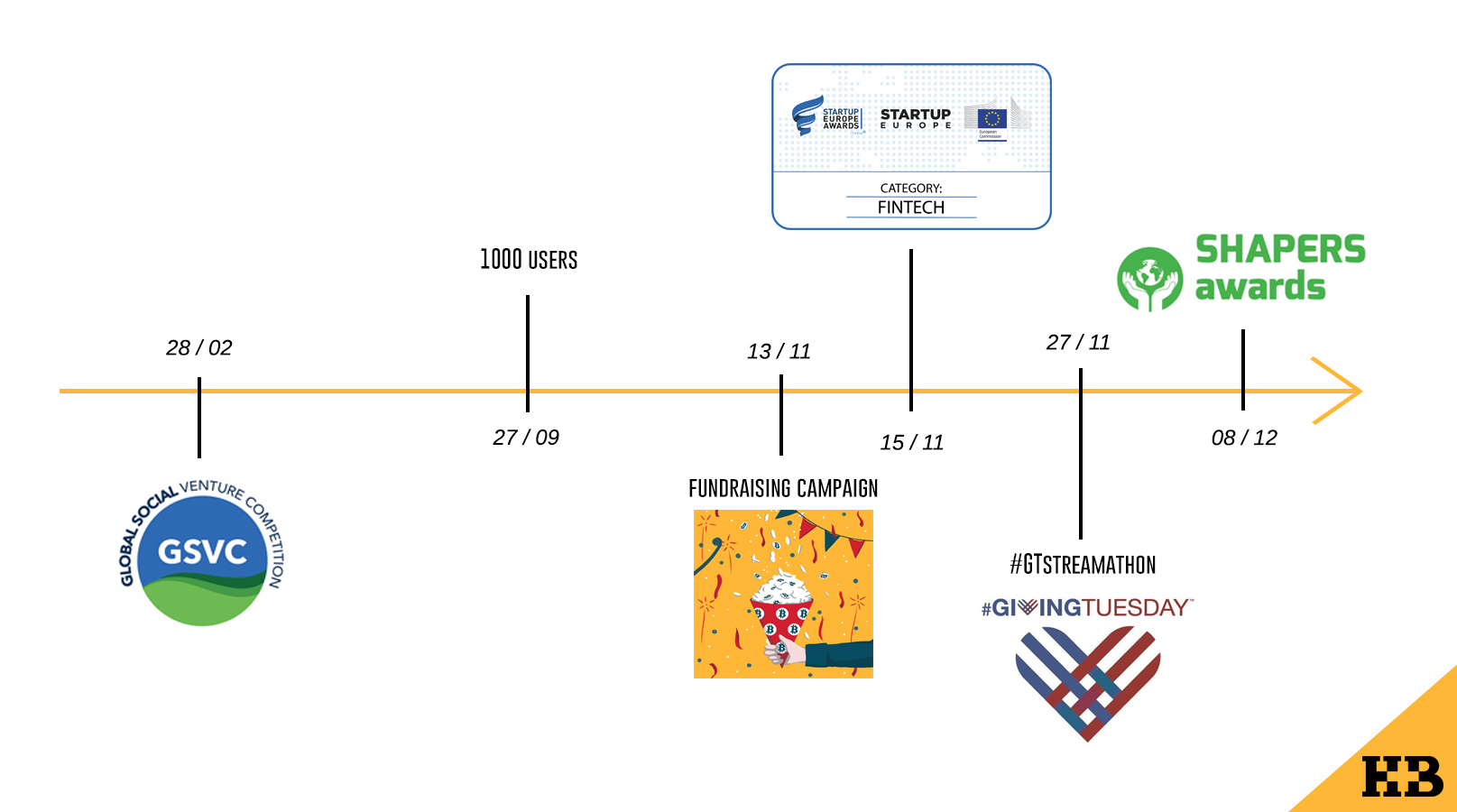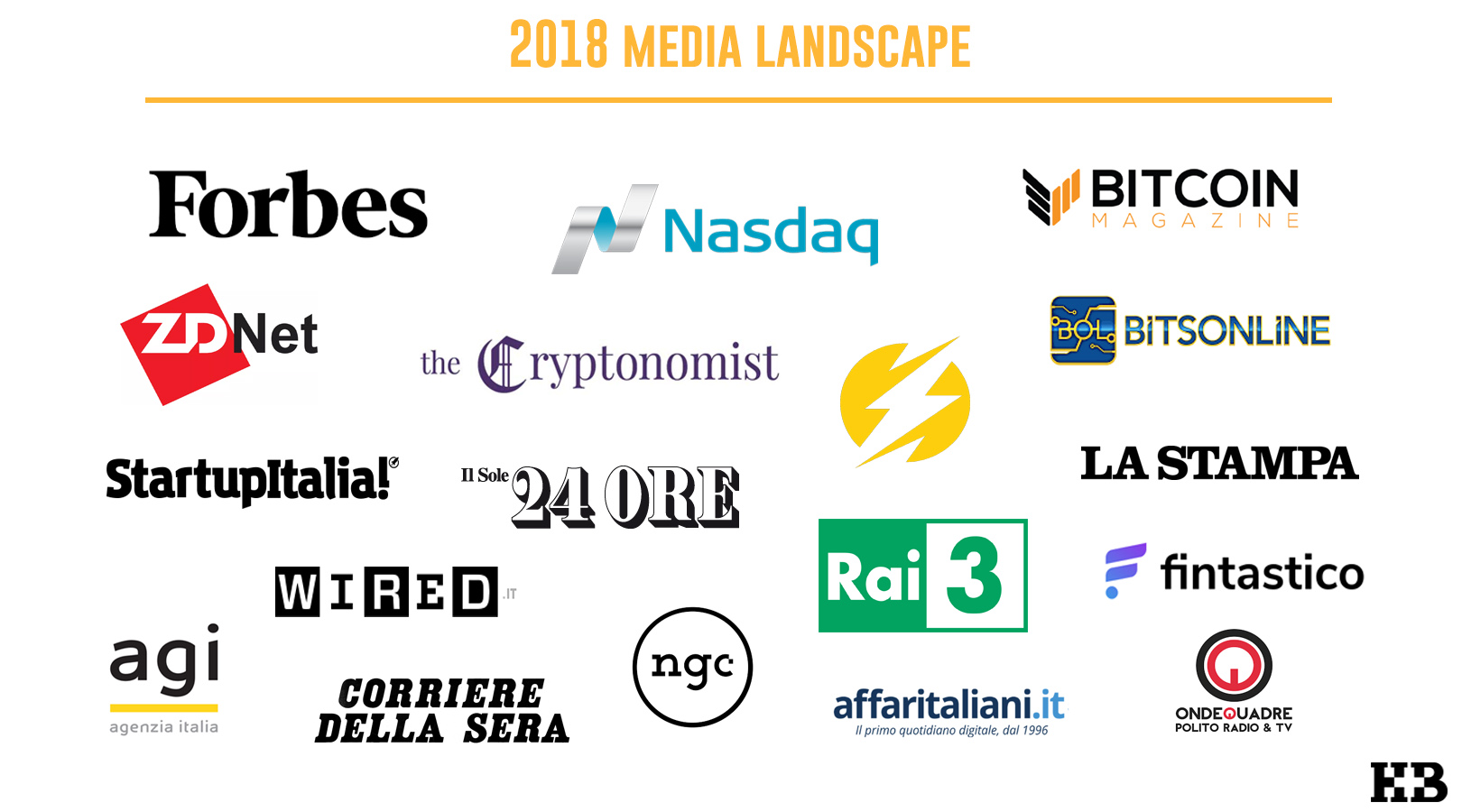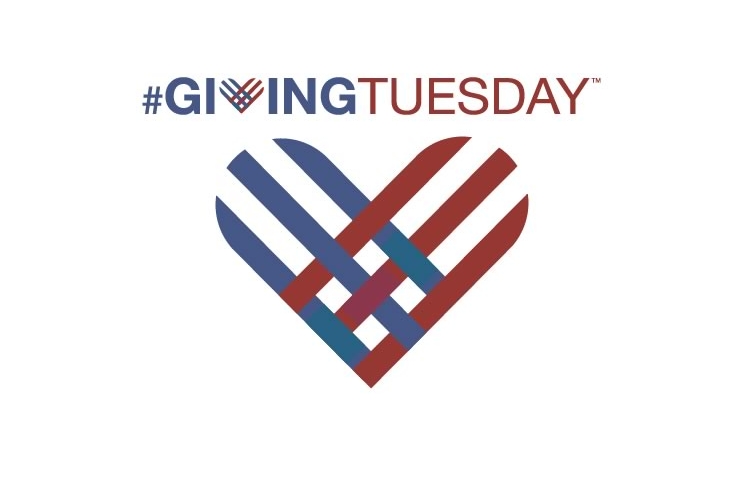Thanks to the support of the Bitcoin community, the Italian Red Cross – Colli Albani Committee raised more than 3 BTC, equal to over € 20,000, and purchased the materials to set up a second level Advanced Medical Post for COVID-19 pre-triage.
This initiative showed how it was possible to transform BTC coming from all over the world into a tangible asset, needed during an emergency situation, in just two weeks and with a total fee much lower than 1%.
 The equipment is arrived in the storehouse of Colli Albani Committee
The equipment is arrived in the storehouse of Colli Albani Committee
Introduction
This article summarizes the work done by Helperbit in the last weeks, reporting data and activities, and wishes to thank Blockchain Education Network Italia, Blockchain Education Network, Gitcoin and Young Platform for their support in spreading the charitable fundraising through their networks.
Operational aspects
The whole process, from the first contact to the setup of the Bitcoin wallet, lasted about 3 days, demonstrating the dedication of the Colli Albani Committee.
In this initial phase, Helperbit carried out the due diligence process and assisted the charity to define the goal of the project and to draft the description.
The Colli Albani Committee, therefore, created its own multi-signature Bitcoin wallet (Segwit-enabled, Ledger-compatible, non-custodial) and launched the project:
https://app.helperbit.com/project/5e6a64ee84cb8662d901a29c
In just 3 days, even before the execution of the planned intense communicative work, the target (€ 10,000) has been achieved!
To date, over 5000 people have visited the project and the charitable initiative has been reported on over 50 crypto magazines, with dozens of tweets to support it.
After requesting several quotes, the purchase order was carried out on March 25th, while the self-supporting pneumatic tent, the main component of the Advanced Medical Post, was delivered on March 27th!
Colli Albani Committee foresees the first deployment of the AMP on April 5th, during the blood donation day that will be hosted near the Lake of Castel Gandolfo (Rome).
The need to ensure the safety of blood donors, through sufficient distancing, determines the first use of this AMP: it will be deployed as a screening station for medical pre-donation examinations, performed by doctors to donors before blood donation.
As reported by the website of the Italian Ministry of Health: “As a result of the fear of Covid-19, in the first week of March donations fell by an average of ten percent throughout Italy. After many appeals to get back to donate, lately the number of donors has started to grow again. It is now important to maintain this trend in order to continue to guarantee the therapies to sick people. Patients that need transfusions every day could be affected by this lack of blood, increasing the number of people that will go to hospitals”.
Economic aspects
From an economic point of view, the Red Cross – Colli Albani Committee raised in total 3.21 BTC through the Bitcoin fundraising.
2,91492543 BTC were exchanged via Tinkl.it in Euros (€ 18,551 at the time of exchange) and sent to the charity’s bank account via bank transfer.
Here below we summarize all the costs charged during the process, from initial donations to the final purchase:
– the sum of the fees charged by the Bitcoin network to send the donations were 0.00989986 BTC (0.34%)
– 0% is the fee of Helperbit platform: as a Corporate Policy, Helperbit never charges fees on donations
– the fee charged by the Bitcoin network for the transaction to the payment processor Tinkl.it (TxID) was 0.00492543 BTC (0.19%)
– 0% is the fee charged by Tinkl.it on this occasion
– € 3 is the cost of bank transfers to the merchant’s bank account
Total fees: 0.55%
Some statistics about donations, until today *:
Largest donation: 2.64057873 BTC (€ 15.840), TxID
Average donation (excluding 2.64 BTC transaction): 0.0057 BTC (€ 34)
Average donation (including 2.64 BTC transaction): 0.032 BTC (€ 192)
Average fee per donation: 0.000191 BTC (€ 1.15)
More efficient donation: only 0.538 satoshi per Byte! (TxID)
Number of total donations: 101
Ratio of Bitcoin donations: 97%
Ratio of donations in Altcoins: 3%
Ratio of anonymous donations: 90%
Ratio of donations from registered users: 10%
* reference value: 1 BTC = € 6000
Accountability
The interactive graph shows all the transactions made to the Bitcoin wallet managed by Colli Albani Committee: each arrow corresponds to a donation and, if the donor was logged in, it is possible to browse his/her public profile information.
Thanks to all anonymous donors and to the registered ones: Tezgate, ideobit_agency, iacopolivia, thierrybouhnik, simone_g, guido, plaza, gessa.

The charity requested some quotes (LANCO, FT-Plasteco, Celani) and then bought the needed equipment. The first batch of items costed € 8,330 + vat.
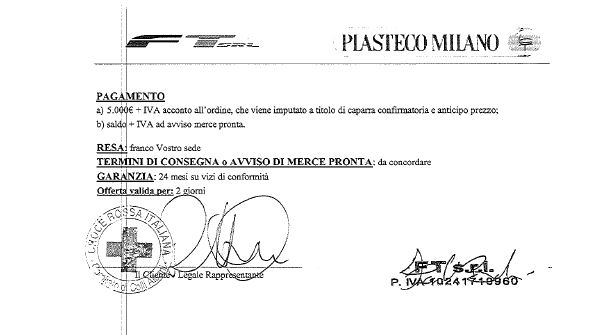
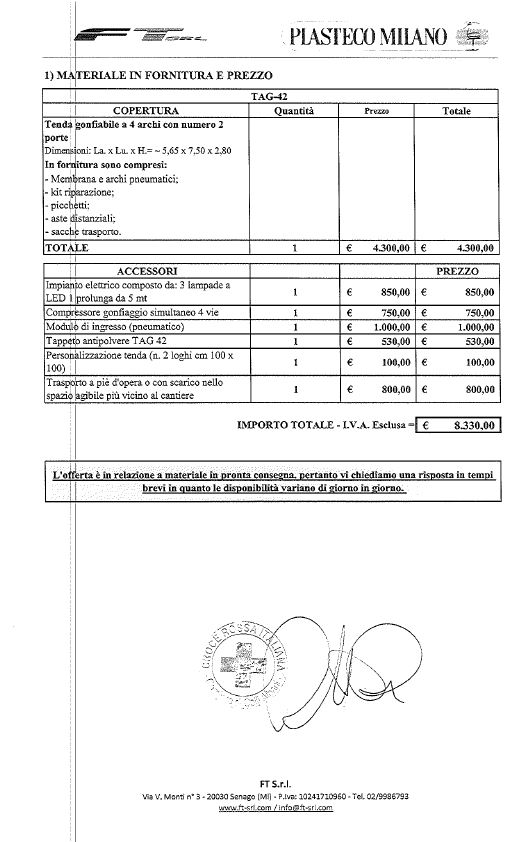

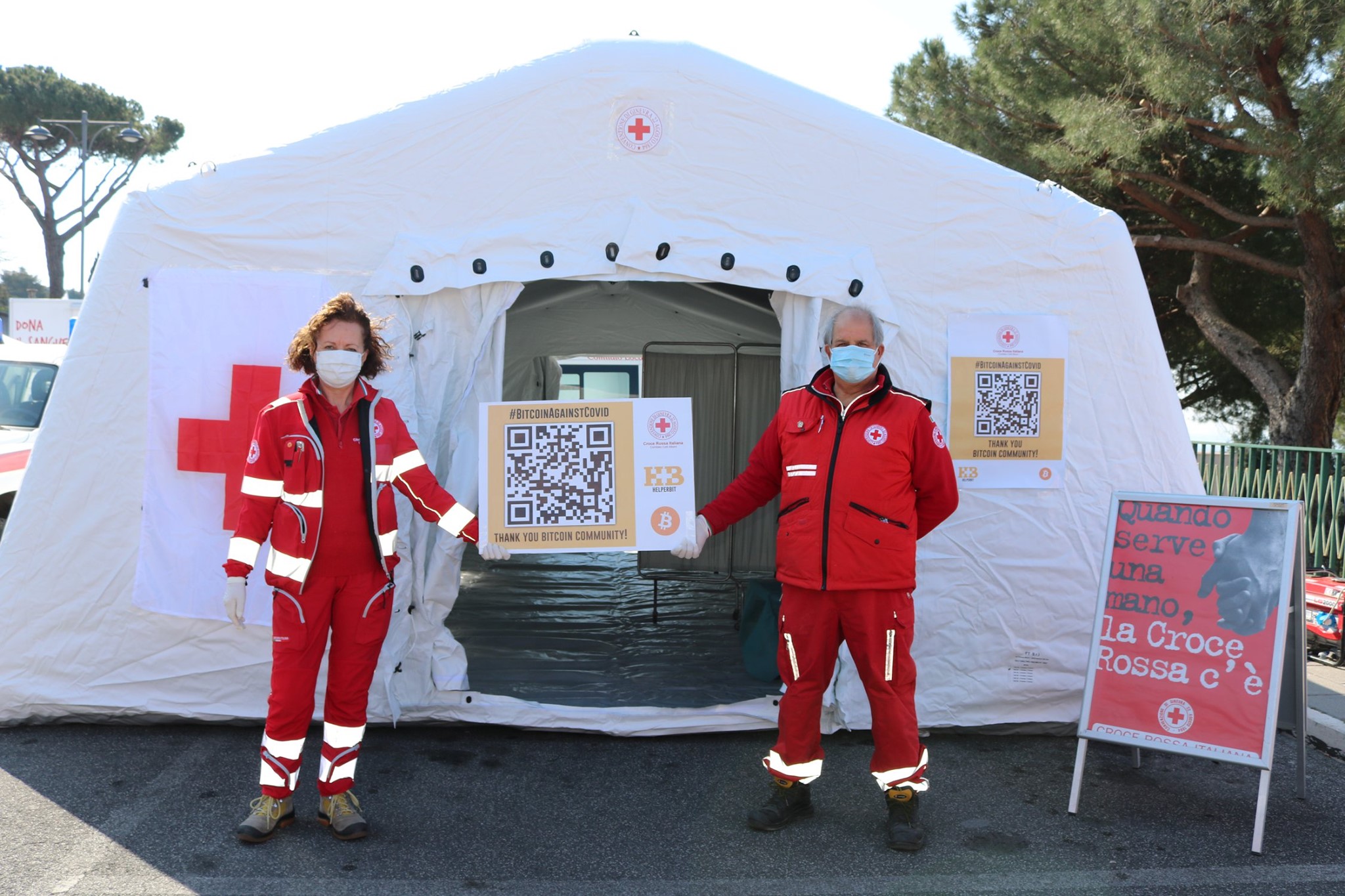
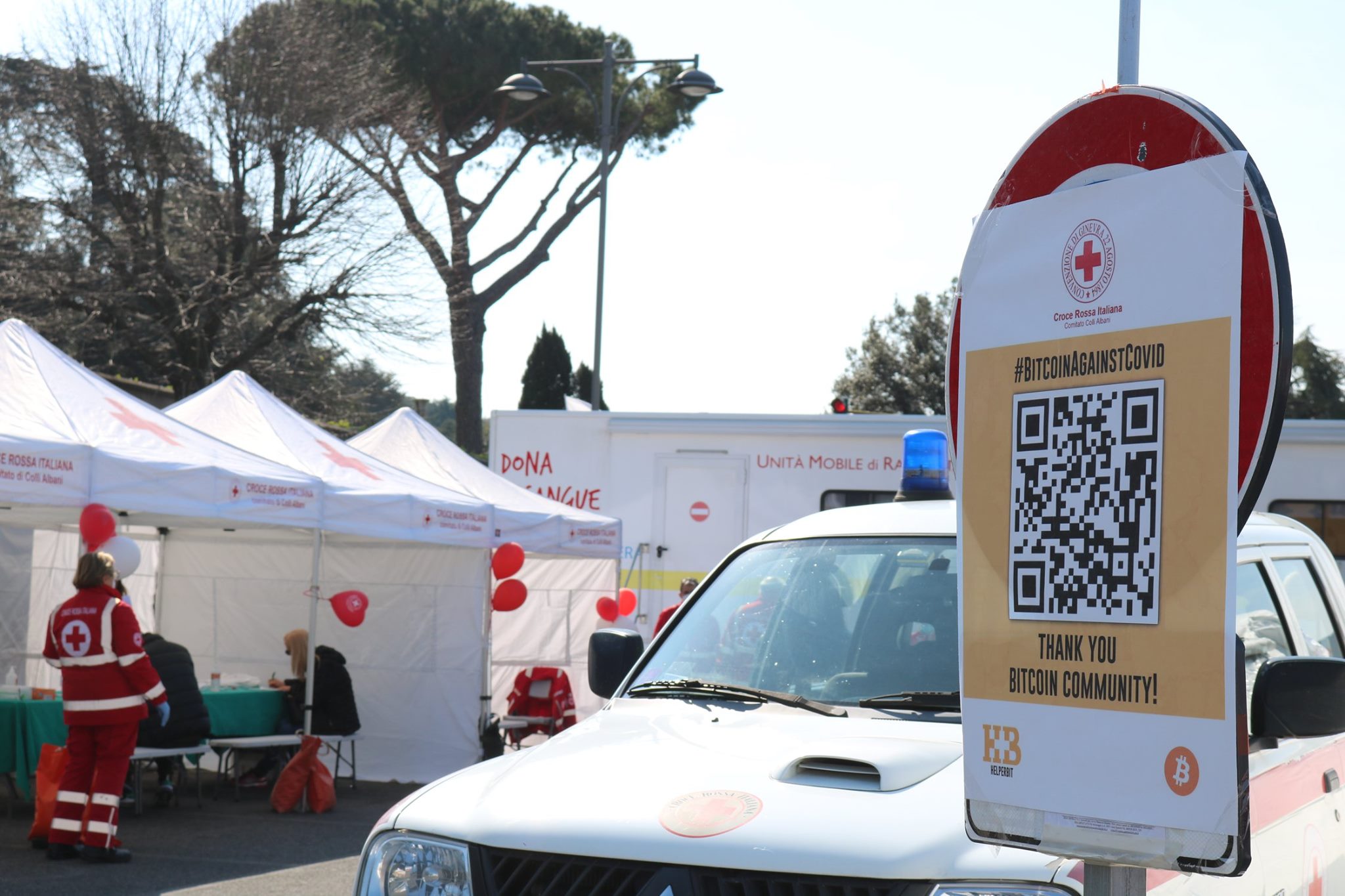 The QR code, which shows the Bitcoin address managed by Colli Albani Committee
The QR code, which shows the Bitcoin address managed by Colli Albani Committee The Italian Red Cross – Colli Albani team during the event in Castel Gandolfo
The Italian Red Cross – Colli Albani team during the event in Castel Gandolfo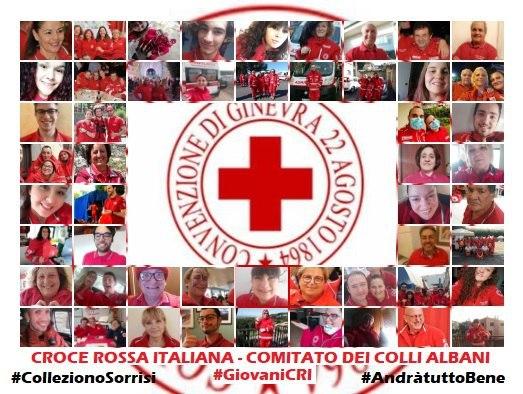
 The equipment is arrived in the storehouse of Colli Albani Committee
The equipment is arrived in the storehouse of Colli Albani Committee







